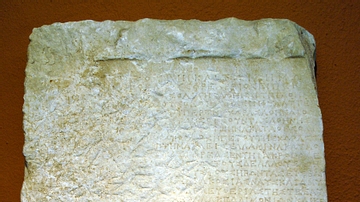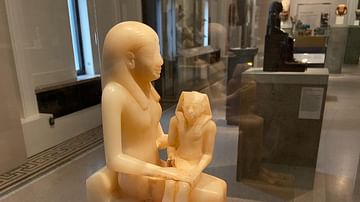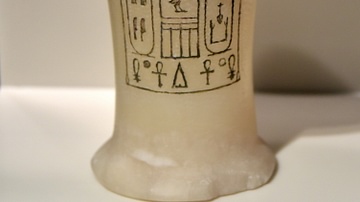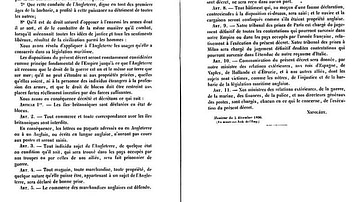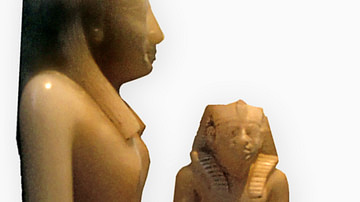Illustration
This is a detail of a large limestone fragment which came from the pyramid complex of the Egyptian pharaoh Sneferu (r. 2613 to 2589 BCE) of the 4th Dynasty of Egypt. This is one of the very few and important legal texts from the Old Kingdom. Pepi I (r. 2335-2285 BCE) of the 6th Dynasty issued a decree which states that the town and its inhabitant surrounding the pyramid complex of his predecessor Sneferu have certain privileges and protection; for example, priests conducting religious rituals for Sneferu there are exempted from corvée and taxes. The Horus name of Pepi I (mry-tꜢwi; Beloved of the Two Lands) appears on the right while the cartouche of Sneferu can be seen at the upper mid-part of this image. From the pyramid of Sneferu at Dahshur, Egypt. Old Kingdom, 6th Dynasty, reign of Pepi I, (r. 2335-2285 BCE). On display at the Neues Museum in Berlin, Germany.
About the Author
Cite This Work
APA Style
Amin, O. S. M. (2019, September 18). Dahshur Decree of Pepi I. World History Encyclopedia. Retrieved from https://www.worldhistory.org/image/11218/dahshur-decree-of-pepi-i/
Chicago Style
Amin, Osama Shukir Muhammed. "Dahshur Decree of Pepi I." World History Encyclopedia. Last modified September 18, 2019. https://www.worldhistory.org/image/11218/dahshur-decree-of-pepi-i/.
MLA Style
Amin, Osama Shukir Muhammed. "Dahshur Decree of Pepi I." World History Encyclopedia. World History Encyclopedia, 18 Sep 2019. Web. 14 Apr 2025.



